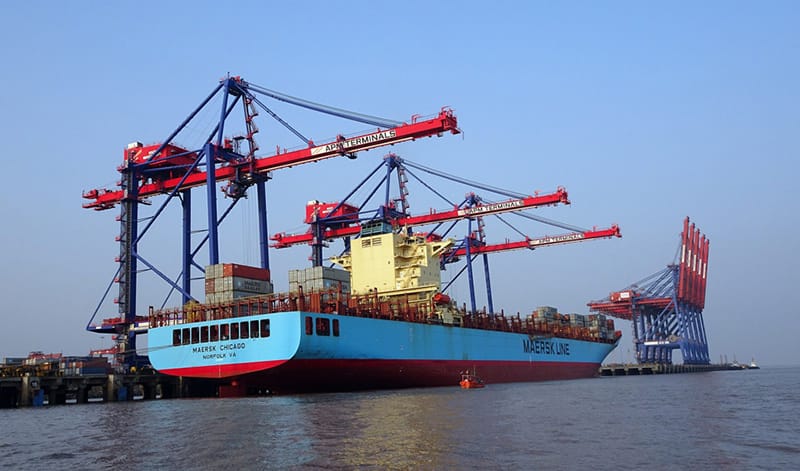
7 June 2022
World market development
Even though we are in a much different world today than at the time of the last report, with explosive commodity prices and inflation being on everyone’s mind, sugar continues to trade in the same range it has been trading in since August last year. After the Russian invasion of Ukraine sugar prices took a jump up along with other commodities, but while most other commodities continued to their path north, sugar reacted on market fundamentals such as the record Indian crop and started to calm down after reaching USc20.50/lbs – the same levels seen back in October/November last year and is at the time of writing trading close to USc19/lbs. White sugar prices are however benefitting from a different fundamental picture, with a consistent lack of supply expected to remain in place. Domestic white sugar prices in the EU and other regions are rising and leading to calls for imports, while toll refineries are reportedly running below capacities due to rising energy and freight costs. The world market price for white sugar is currently approaching USD580/mt, implying a white premium of a massive USD149/mt.
The start of the crushing season in CS Brazil was slow as mills and farmers want to keep the cane in the fields as long as possible to help both cane and sugar yield after last year’s frost and drought. As of mid-May 232 mills were nevertheless in operation, only 4 less than the same time last year. According UNICA, the total cane harvested was 63.7 mln mt, down 27% from last season. The sugar mix improved to 40.8% but remains well below last season’s 46.0%. The cumulative sugar production is 2.74 mln mt (-40% yoy). Most analysts have started to downgrade their estimates for the full season due to lower cane quality year-on-year and a higher ethanol allocation and further downgrades cannot be ruled out yet; but the main risk for the Brazilian sugar production remains political, with the president’s clear intention to prevent Petrobras from following the international oil prices. The strengthening BRL is also playing a major role in the ethanol parity development, with its direct implications on the sugar mix. However, one should keep in mind that the disconnected gasoline import parity with domestic prices in Brazil may eventually lead to gasoline shortages in the country if not addressed at some point, and there is still a long way until the election in October.
India is, despite a record diversion of cane to ethanol, on its way to produce above 35 mln mt of sugar – the highest amount ever. The world market remains more profitable than the domestic market with an international sugar price above USc19/lbs. Producers have contracted an estimated 9.0 mln mt of sugar to export so far. On May 24, the government imposed a cap of 10 mln mt on sugar exports valid until next October in an attempt to ensure price stability for its domestic market. This did not have a noticeable impact on world market prices, as India was not expected to export more than this amount. Also, this is not changing the global sugar balance sheet as such but will potentially bring some more availability for the period directly preceding the next harvest. The market attention is slowly switching to the 2022/23 crop potential. The rainfall experienced in the cane areas during the month of May have been consistent with the normal. However, the last week of May did not bring any significant showers and there are some growing concerns about the monsoon being delayed, with a persistent negative Indian Ocean Dipole in place.
The Thai crush came to an end early-may with 92 mln mt cane crushed (+38% year-on-year) and 10.2 mln mt of sugar produced (+34% year-on-year). Due to the improved production volume, the Thai Office of the Cane and Sugar Board estimate export to reach 7.6 mln mt in the current marketing year (+46% year-on-year). Allegedly, Thai officials are worried that export are too high and are said to be working to ensure adequate sugar supply in the country.
The higher-than-expected Indian crop paired with favourable conditions in a string of producing countries have turned the expected deficit of 3.4 mln mt in the current marketing year to a more balanced situation. The final outcome will be very dependent on cane quality in Brazil as well as the sugar/ethanol ratio. Looking into 2022/23 India is expected to have another monster harvest (given normal monsoon) and Thailand is expected to continue its recovery. The market does however seem to remain balanced, assuming normal weather pattern.

